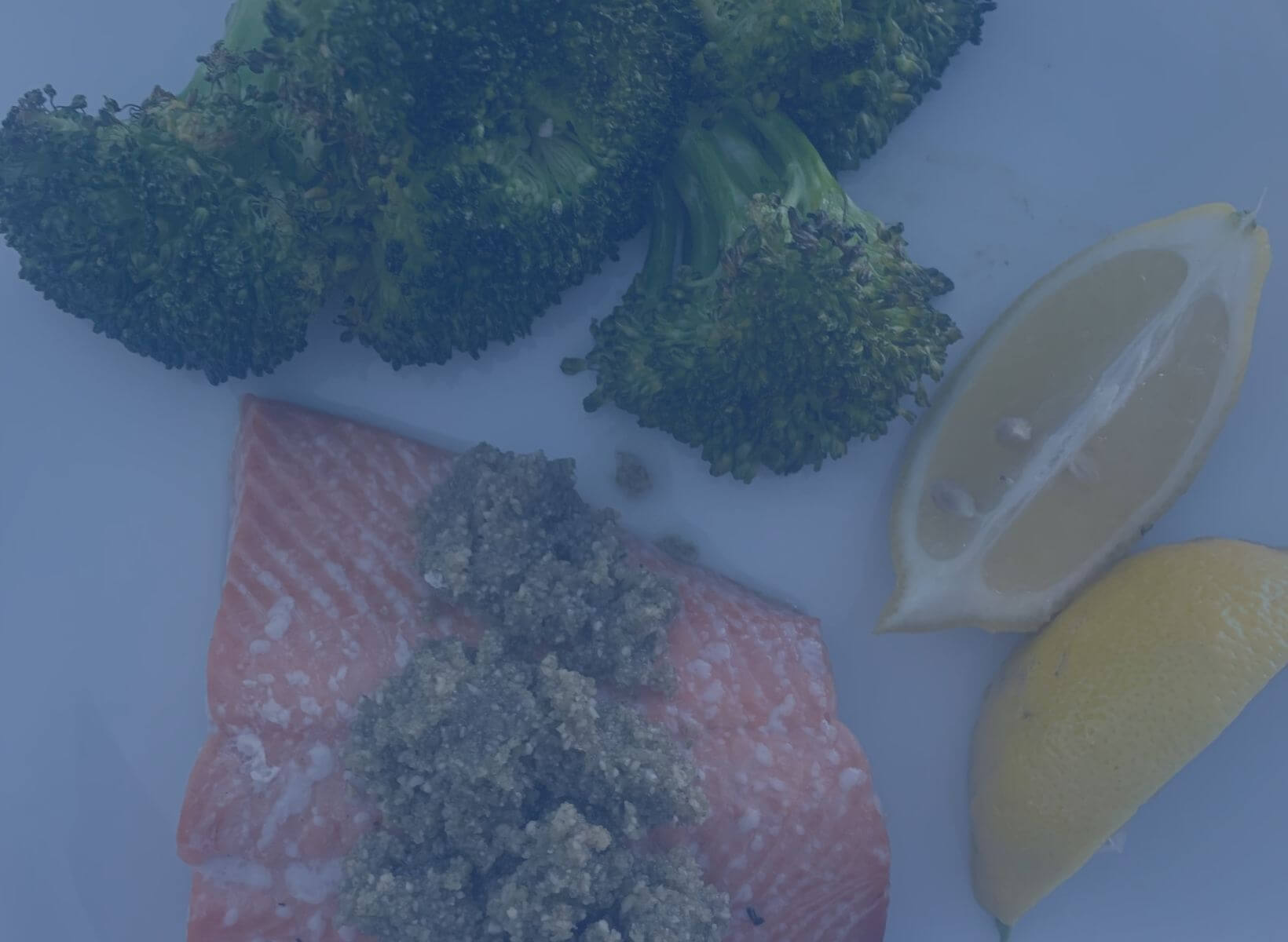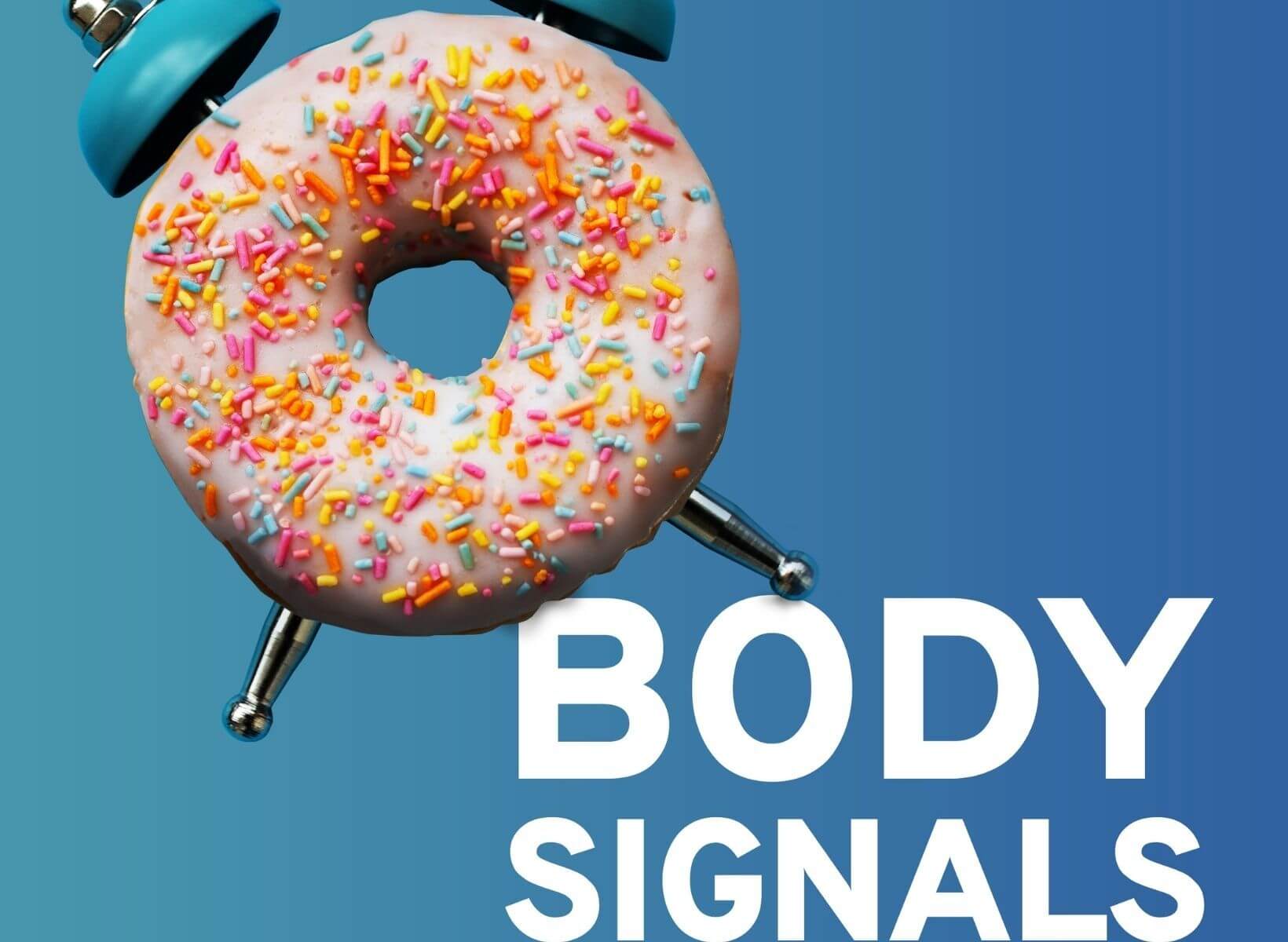In recent years, fitness trends have evolved to include more diverse and accessible workouts, appealing to individuals looking for a balanced approach to health and wellness. One of those standout trends is barre, a workout that fuses elements of ballet, yoga, and Pilates to create a low-impact, high-intensity routine that will make your muscles burn and enhance your core strength.
From fitness studios to online classes, barre’s popularity has surged, especially among those seeking a workout that tones muscles, improves flexibility, and builds endurance without straining joints or needing excessive exercise equipment.1 The emphasis on small, controlled movements and body alignment has attracted everyone from professional athletes to beginners looking for a gentle yet effective way to build fitness and improve body composition.
This article explains the numerous benefits of barre workouts, including how they improve strength, flexibility, and posture while providing a full-body workout that leaves you feeling lean and toned. Whether you're curious about trying your first barre class or want to understand the long-term benefits, we’ll cover the pros and cons, offer tips on how to get started, and even provide a sample workout to try at home. If you’re looking for a fun and effective workout that challenges your muscles without overwhelming your joints, barre might be the perfect addition to your fitness routine.
{{mid-cta}}
What is Barre?
Barre is a low-impact, high-intensity workout that blends ballet-inspired movements with Pilates, yoga, and strength training elements. At its core, barre focuses on small movements that target specific muscle groups, helping to tone and sculpt the body. While it incorporates the grace and posture of ballet poses, you don’t need dance experience to benefit from a barre class. The exercises are designed to improve muscle endurance, flexibility, and core strength, making them accessible for all fitness levels. Using a ballet barre (or similar support) for stability, participants perform a range of standing and floor-based exercises emphasizing alignment, precision, and muscle control.1
Barre originated in the 1950s when Lotte Berk, a German dancer, developed it as a method to rehabilitate her back injury while maintaining her dance conditioning. She merged her dance background with rehabilitative therapy to create a workout that was effective yet gentle on the body. Over the decades, barre has evolved into various styles and approaches, but the foundational principles remain the same: small, controlled movements designed to fatigue the muscles, focusing on areas like the core, arms, legs, and glutes. Each movement is done with high repetition, often using light weights or body resistance to intensify the burn, while stretches are interspersed to enhance flexibility.2
There are several types of barre classes, each offering something unique and catering to a wide range of fitness goals and preferences:
- Traditional Barre is the classic format, emphasizing dance-inspired movements and small muscle contractions.
- Cardio Barre adds a more intense aerobic element, increasing the heart rate with faster-paced sequences and short rest periods.
- Barre Sculpt uses heavier weights and focuses on strength-building exercises, ideal for those looking for increased muscle definition.
- Power Barre is a more dynamic version, often incorporating plyometrics and higher-impact movements for an advanced workout.
- Restorative Barre is a gentler variation that focuses more on stretching, flexibility, and slow movements. It is perfect for recovery or those new to fitness.
What Are the Benefits of Barre Workouts?

Barre workouts are not just for women looking to be lean - the exercises offer a variety of physical and mental benefits for people of all fitness levels who have a variety of fitness goals. Whether you’re looking to improve your strength, flexibility, or posture, barre provides a comprehensive approach to fitness that challenges your body without overtaxing your joints.
Here are some key benefits of incorporating barre into your fitness routine:
- Improved Muscle Tone: Barre targets large and small muscle groups often neglected in traditional workouts, helping you develop long, lean muscles for a toned appearance and increased stability.
- Increased Flexibility: By incorporating stretching throughout the class, barre helps to improve your range of motion, leading to better overall flexibility and less painful joints.
- Better Posture and Alignment: Barre emphasizes core engagement and body awareness, which can improve posture and reduce back pain over time.3
- Reduced Joint Pain: Barre is gentle on the joints, making it an excellent option for people recovering from injuries or those looking for a workout that minimizes impact on knees and hips.4
- Increased Endurance: The repetitive, small movements in barre help to build muscle endurance, allowing you to sustain physical activity for longer periods without fatigue.5
- Core Strength: Barre heavily focuses on core engagement, leading to a stronger, more stable core that supports better balance, coordination, and overall stability.3
- Provides Stress Relief: The rhythmic nature of barre, combined with deep breathing and focused movements, promotes relaxation and stress reduction, leaving you feeling mentally refreshed after each session.
- Improved Balance: Studies have found that fitness classes designed with a Barre approach improved the stability of ankle joints and overall core strength, directly enhancing one’s static and dynamic balance.6
<div class="pro-tip"><strong>Also Read: </strong><a href=stretching-routine>Stretching Routine: 10 Easy Stretches to Do Every Day</a></a>.</div>
Are There Any Downsides to Barre Workouts?
While barre offers many benefits, there are a few downsides or risks to consider. One potential limitation is that barre workouts may not provide enough cardiovascular exercise for those seeking high-intensity cardio, as the movements focus more on strength, flexibility, and muscle endurance. Additionally, due to the repetitive nature of barre exercises, you risk hitting a fitness plateau if you don’t vary your routine or incorporate other types of training, such as heavier weightlifting or High-Intensity Interval Training (HIIT).
Barre also tends to focus on small, isolated movements, which may not be enough for building significant muscle mass nor ideal for those looking to gain overall strength and mass. Lastly, improper form can lead to strain or injury, particularly in the lower back or knees, so it's important to focus on technique and consider guidance from an instructor, especially when you're just starting out.
Tips for Getting Started with Barre
If you're new to barre workouts, starting off on the right foot can make all the difference in your experience's effectiveness and enjoyment. Whether you're attending your first studio class or following along with an online session, taking a few steps to prepare can help you get the most out of your workout while minimizing the risk of injury.
Here are some practical tips to help you begin your barre journey with confidence:
- Start With Beginner Classes: Look for beginner-friendly classes or tutorials introducing you to the fundamental movements and techniques, ensuring you build a strong foundation.
- Focus on Form and Alignment: Barre relies on precise movements, so prioritize proper form over speed or intensity to avoid injury and maximize the benefits.
- Use Modifications When Needed: If you find certain exercises too challenging, don’t hesitate to modify them or take breaks. Many classes offer variations to accommodate different fitness levels.
- Wear Comfortable, Fitted Clothing: Opt for clothes that allow a full range of motion but are snug enough to let you and the instructor monitor your form during movements.
- Be Patient With Progress: Barre movements can be difficult initially, especially when targeting smaller muscle groups. Still, consistency of 2-3 sessions per week can help you improve strength and flexibility over time.
- Invest in Basic Equipment: While having a ballet barre is ideal, at-home setups can use sturdy chairs or countertops, and light hand weights or resistance bands are perfect for increasing the intensity of certain exercises.
- Incorporate Cross-Training: To maintain a balanced fitness routine, consider pairing barre with other activities like cardio or strength training for a well-rounded approach to health and fitness.
A Sample Barre Workout to Try at Home

Try this simple, beginner-friendly barre workout that you can try at home. You’ll need a sturdy chair or countertop for balance, light weights, or water bottles if you want to add resistance. The workout focuses on strengthening your core, legs, and arms and improving flexibility. Each move targets specific muscle groups listed in the workout below. Remember, the warm-up and cool-down are very important steps for decreasing your risk for injury and preparing your muscles appropriately for the workout. Adjust the sets and repetitions to avoid overtraining and excessive fatigue. Enjoy the burn!
(Repeat the circuit 2-3 times)
1. Warm-up (5 Minutes)
- March in place, adding arm circles to loosen up shoulders (1 minute).
- Gentle side-to-side lunges to stretch the inner thighs (1 minute).
- High knees with alternating arm reaches (1 minute).
- Arm swings, moving side to side (1 minute).
- Light stretching for arms and legs to prepare for the workout.
2. Plie Squats (3 Sets of 15 Reps)
- Stand with feet wider than hip-width apart; toes turned out.
- Hold onto the back of a chair or countertop for balance.
- Lower into a squat by bending your knees, keeping your spine straight and core engaged.
- Press through your heels to return to standing.
- Targets: Inner thighs, glutes, and core.
3. Standing Leg Lifts (2 Sets of 10 Reps per Leg)
- Stand tall, holding onto the chair or barre with your right hand for balance.
- Extend your left leg to the side, keep it straight, and lift it a few inches off the ground.
- Slowly lower your leg, keeping your core engaged and your torso upright.
- Switch sides after completing the set.
- Targets: Hips, outer thighs, and glutes.
4. Parallel Thigh Pulses (2 Sets of 20 Pulses)
- Stand with feet hip-width apart and lift your heels an inch off the ground.
- Bend your knees into a slight squat, keeping your back straight.
- Pulse up and down in small movements, maintaining tension in your thighs.
- Targets: Quads, glutes, and core.
5. Tricep Dips (2 Sets of 12 Reps)
- Sit on the edge of a chair with your hands gripping the seat beside you.
- Slide off the chair with your knees bent and lower your body by bending your elbows.
- Push yourself back up by straightening your arms.
- Targets: Triceps and shoulders.
6. Chair Pose With Heel Lifts (2 Sets of 15 Reps)
- Stand with your feet together and lower into a chair, posing like you are sitting in an imaginary chair.
- Hold onto a chair or countertop for balance, lift your heels off the floor, and balance on the balls of your feet.
- Lower and lift your heels slowly, keeping your knees bent and your core engaged.
- Targets: Calves, quads, and glutes.
7. Forearm Plank (Hold for 30-60 Seconds)
- Get into a plank position on your forearms, with your body in a straight line from head to heels.
- Keep your core tight, and avoid letting your hips sag or rise.
- Hold the position for as long as you can while maintaining good form.
- Targets: Core, shoulders, and glutes.
8. Cool Down (5 Minutes)
- Gentle stretching for the legs, arms, and back.
- Focus on slow, deep breathing to relax the muscles.
- Include a standing quad stretch, seated hamstring stretch, and overhead arm stretch.
Learn More About How to Improve Blood Sugar Health With Signos’ Expert Advice
If you have more questions on improving your health, fitness, and nutrition, seek the expert advice of the Signos continuous glucose monitor and Signos team. A continuous glucose monitor (CGM) can give you the insights to make smarter nutrition and exercise choices. The Signos app provides a unique, personalized program to help you lose weight and reach your health goals. Take this quiz to see if Signos is a good fit for you and reach your goals faster than ever before.
<div class="pro-tip"><strong>Learn More: </strong><a href=at-home-back-workout>Best At-Home Back Workout to Stretch and Strengthen Your Spine</a>.</div>
- Item 1
- Item 2
- item 3
Topics discussed in this article:
References
- Krasova, I., Semyzorova, A., Deineko, A., Beihul, I., & Shyshkina, O. (2023). Barre-fitness as a modern means of improving the health of women in the first period of adulthood. Physical Rehabilitation and Recreational Health Technologies, 8(1), 29-38.
- DeVito, F., & Halfpapp, E. (2015). Barre Fitness: Barre Exercises You Can Do Anywhere for Flexibility, Core Strength, and a Lean Body. Fair Winds Press (MA).
- Chae, J., & Kim, H. (2020). Effects of Ballet Bar and Elastic Band Exercise on Body Composition, Physical Fitness and Postural Correction in Middle-Aged Women. Journal of The Korean Society of Integrative Medicine, 8(2), 109-119.
- Sobel, D., & Klein, A. C. (1995). Arthritis, What Exercises Work: Breakthrough Relief For The Rest Of Your Life, Even After Drugs & Surgery Have Failed. Macmillan.
- Sarvarifar, B., Mosavi Sadati, S. K., & Daneshjoo, A. (2023). The effect of a course of “barre au sol” exercises on pain, endurance, and movement patterns of men with nonspecific chronic low back pain. EBNESINA, 25(3), 44-57.
- Wehmeyer, M. L., & Weaver, C. (2021). The effect of a traditional ballet barre versus a modified ballet barre on flexibility, ankle stability, and abdominal strength & endurance in collegiate dancers (Doctoral dissertation).




.jpg)


























